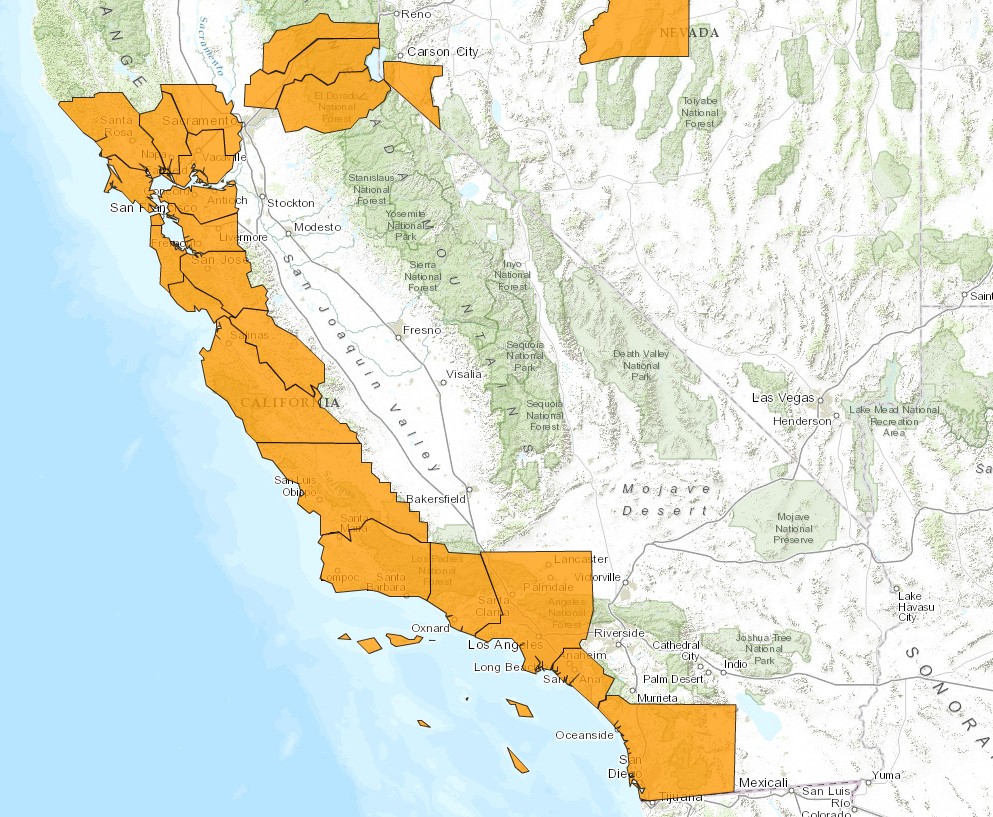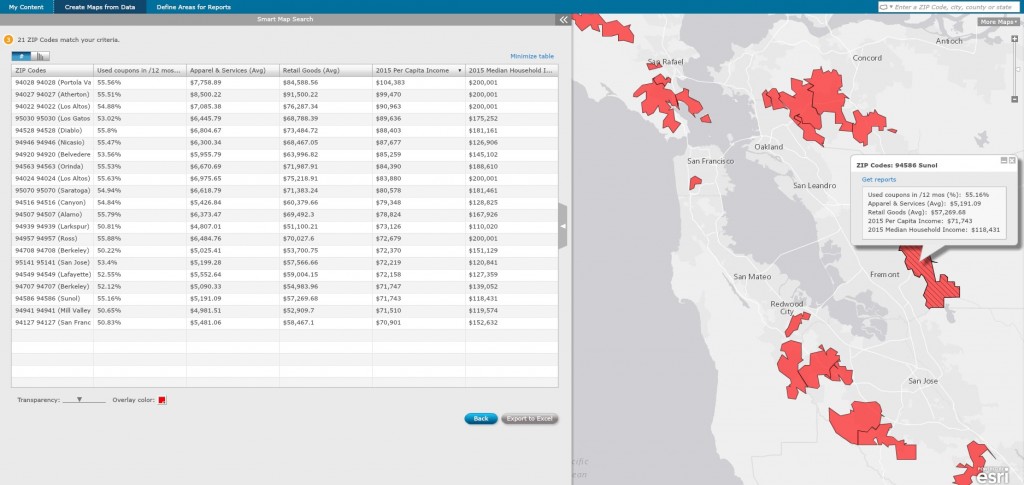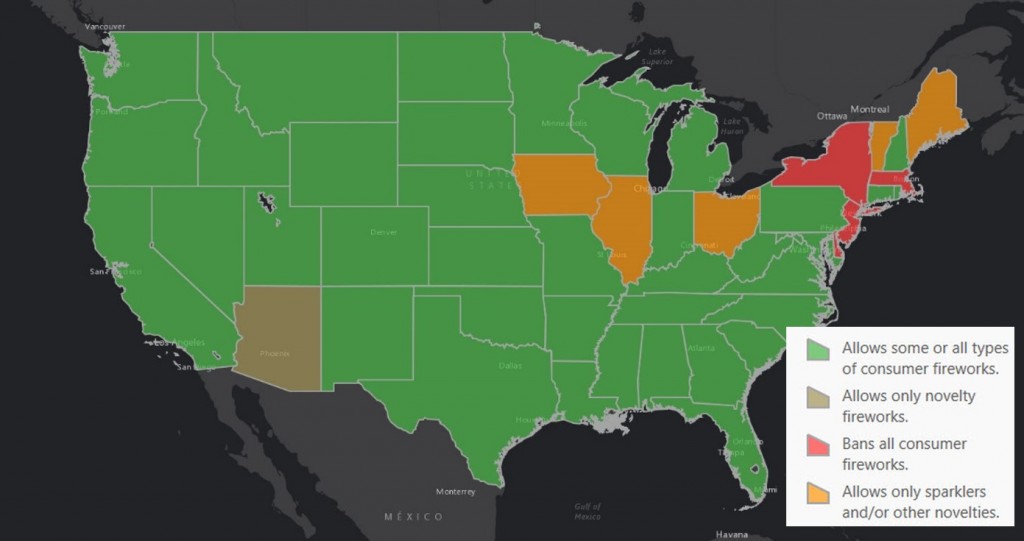They get outdoors, fire up the grill, find great sales, and watch fireworks, presenting a great opportunity for US businesses.
The Fourth of July weekend is a popular weekend for families to start celebrating summer. Many families go hiking, camping, picnicking, hit the beach, grill outdoors, snag the best shopping deals and discounts, and see fireworks. Businesses that attract people’s attention and provide the must-haves for these summer activities often see an increase in business. But how do you get the attention of a busy shopper on the go, who is already bombarded with deals and offers before summer even starts? You need data intelligence to learn more about people’s behaviors and lifestyle choices so you can send the right deal at the right time. You need to answer questions such as: Where are the outdoorsy people? Where do the consumers live who spend the most on grilling essentials? Where are the best ZIP codes to target for direct mail coupons? Using Esri’s demographics and lifestyles data in Business Analyst Online, you can easily and quickly answer these questions. Let’s take a look:
Where are the outdoorsy people?
Using market potential data variables in Business Analyst Online, you can find people who are most likely to go hiking or camping, or go to the beach and quickly see where the most outdoorsy people are located in the US. For example, approximately 18% of the adult population in Fulton and Perry Counties in Greater Philadelphia went on at least one overnight camping trip in the last 12 months compared to 13.5% in the state of Pennsylvania overall.

If your business offers products related to outdoor activities, you can select an area that you want to target and run a Tapestry Segmentation report. This will give you insights into the consumer profile for your target market. For example, the top most Tapestry segmentation profile for multiple counties around Greater Philadelphia, where residents are interested in pursuing outdoor activities, is mainly GenXurban. These families are practical suburbanites who own homes, may be two-income married couples approaching retirement age; they are comfortable in their jobs and homes, and have the resources to support their children through school and college.
Where are the people who spend more than the US average on grilling essentials?
Using consumer spending data variables in Business Analyst Online, you can find areas where households spend more than the US average on grilling essentials such as hamburgers, frankfurters, condiments, sauces, and potato chips. For example, households in Loudoun County, Virginia spend about $62 on hot dogs and $370 on condiments and sauces per year as compared to State of Virginia’s average of $39 and $226 respectively.
 Notice that people near the beach such as the California coast tend to grill more than people in other areas.
Notice that people near the beach such as the California coast tend to grill more than people in other areas.

The data also shows that people in California’s Bay Area spend approximately 26% more on grilling essentials than Southern Californians. Surprising, considering the average Bay Area summer temperatures compared to southern California.
Which zip codes can I target to send direct mail coupons?
Shopaholics love Fourth of July sales. To find out where these consumers are located, you can pinpoint areas with Business Analyst Online using the variables on consumers who might go shopping, are likely to use coupons, and spend more than the US average on apparel and retail goods. For example, in Elbert County, Colorado, the average yearly spending per household on Apparel and Services is about $3,183 and 57% of the adult population are likely to use coupons. In New York County, NY the average yearly spending is higher ($3, 846) but the percent of adults likely to use coupons is lower (35%).

As you drill down in your target market, you can identify the top 20 zip codes that could be good choices for your direct mail coupon offering.

Finally, if you are most interested in lighting up your own fireworks this Fourth of July, make sure that it’s legal in your state!

Happy Fourth of July!
insider
